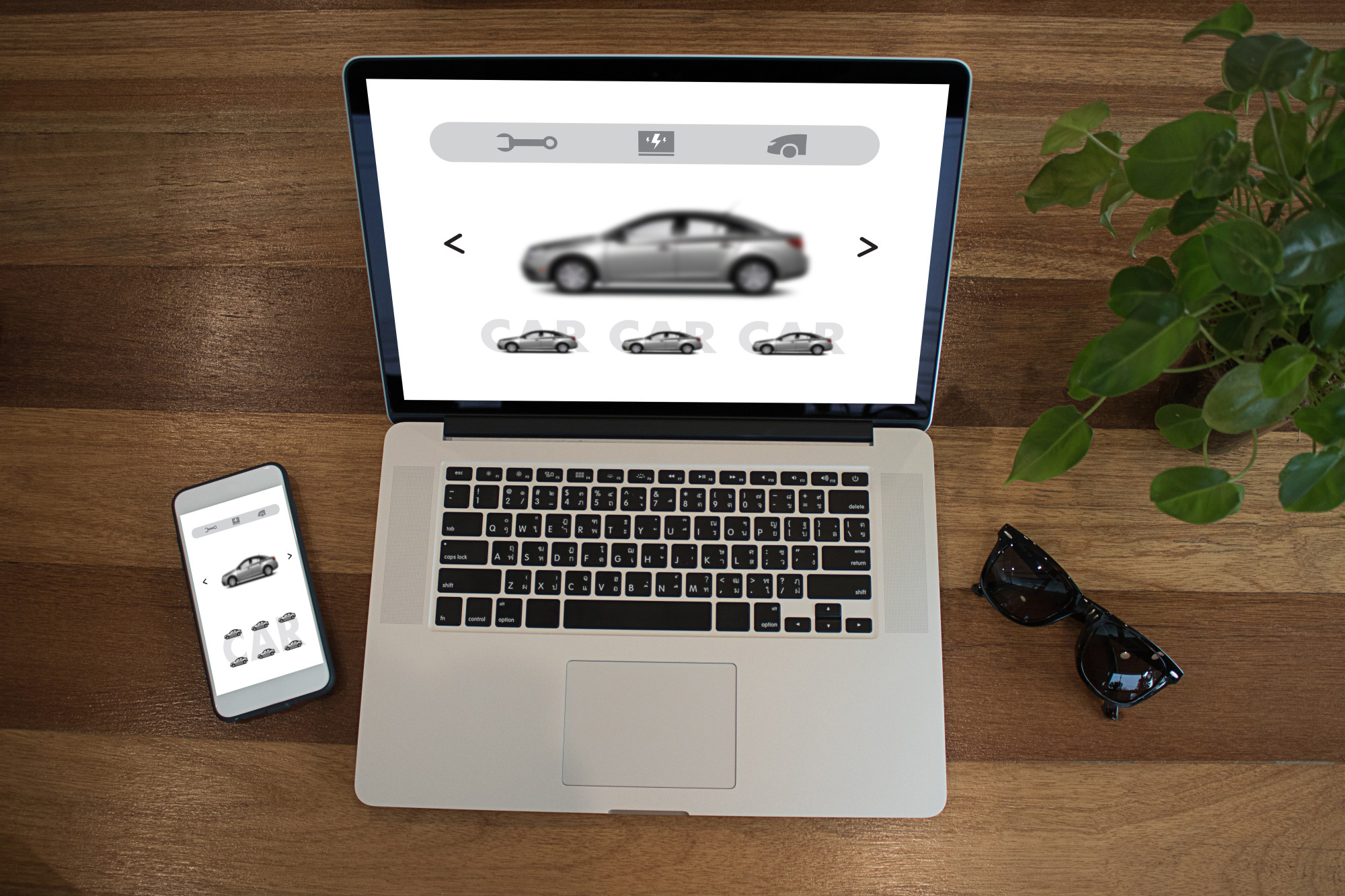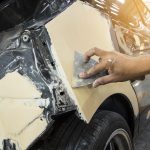The global aftermarket auto parts industry sees nearly $400 billion in sales each year. People want to repair and upgrade their vehicles instead of just buying new ones.
When it comes to keeping a vehicle maintained, though, one of the most common questions deals with part selection. “What is OEM?” Those three letters play a big part in keeping your car going.
Read on, and we’ll cover what OEM is and why it matters.
What Is OEM?
OEM stands for Original Equipment Manufacturer. An OEM part comes from the original manufacturer of the vehicle, or at least of the part of the vehicle in question.
Find Your Online Car Repair Manual Today! ->>
Phones and computers also use this term. If you got here asking, “what is OEM unlock,” for example, that comes from phones. OEM unlock deals with settings only intended to be accessed by the original equipment manufacturer.
Sometimes these things overlap. As cars become more integrated with electronics, questions like “what is the OEM software for my car?” become more pressing.
Regardless of the context, when you hear OEM, you’re dealing with the exact part the manufacturer used. Sometimes it might look a bit different, that’s all.
How Have OEM Parts Changed?
Originally, the vehicle company made all of its own parts. The supply chain for vehicles has changed, though. Now individual part manufacturers specialize in parts like key fobs, locks, and ignitions.
As a result, an OEM part for a Ford vehicle won’t necessarily come from Ford. This can make finding the appropriate OEM part for your vehicle a lot harder. Even an OEM part sometimes won’t have the appropriate logos on it.
Reputable parts shops will be able to tell you which parts they offer come from the OEM. Many offer only OEM parts, making the choice easy. If you want to see a good example of parts labeled with what is OEM from a reputable parts shop, read more here.
How Are OEM Parts and Aftermarket Parts Different?
Aftermarket parts have different specifications from the originals. This affects performance.
Sometimes, an aftermarket part will need to be cut or sanded to fit in the car. A poor fit can lead to failure.
OEM parts often have better warranty coverage to boot. If your part starts failing after a few months, you might be doomed with an aftermarket part.
Even if you’re committed to buying a third-party aftermarket part instead of an OEM part, finding the right one takes time. Aftermarket manufacturers offer a lot of similar parts. You could end up searching for hours instead of just asking, “What is the OEM key?”
Your car connects you to the outside world. Don’t take chances with it.
It’s a Bit of a Fixer-Upper
Fixing a car can provide major satisfaction, and early repairs save money compared to later ones. That’s why you shouldn’t leave it to chance. The money you save on non-OEM parts often ends up spent on a second repair.
Take the time to review what you’re buying before you buy.







